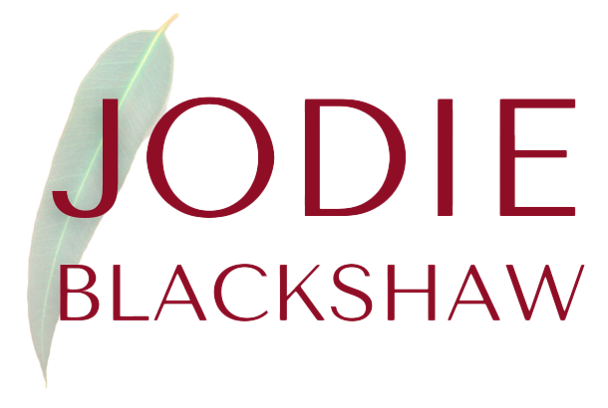Earthshine
Audio begins automatically on page 4 - if the wheel spins, click/tap to play:
Night time on the moon is quite different to that on Earth. When the Sun sets on the Moon it doesn’t become completely dark. Why? Because the Earth is providing a light fifty times brighter than a full moon. This ‘glowing’ Earth is created by light from the Sun, reflecting off the Earth’s surface. This is what we call “Earthshine”. It is during the moon cycles known as waxing and waning crescents that we can see this glow on the moon’s surface. You may have seen it yourself – a bright crescent moon in the arms of the full Moon’s shadow.
In this piece, the concept of reflection is explored in several ways, drawing parallels between reflected light and echoed melodic material. The first half of the piece also sounds a little unsure of itself. This tentative writing invites the audience and players alike to consider what people must of thought about Earthshine before Leonardo Da Vinci explained the phenomena around 1510. A Timpani solo in the middle of the work allows both performer and audience to imagine the desolate landscape of the moon at midnight, bathed in the Earth’s radiant glow. The final section of the piece hastens in tempo and develops a fullness of sound; drawing from the confidence we now have with regard to space travel and NASA’s planned return to the moon by 2018. It is anticipated that Astronauts will live at the South Pole of the Moon for some weeks. They will experience ‘night’ on the moon and be the first ever human beings to experience Earthshine.
INSTRUMENTATION: Please see perusal score above.
NOW AVAILABLE IN AUSTRALIA
Proudly distributed in Australia/NZ by Brolga Music.
BUY USA/CANADA
Proudly distributed throughout Canada, North & South America by C. Alan Publications.
This work was commissioned by the Derby Sixth Grade Center Bands to celebrate the success of the unique Derby Sixth Grade Center 1994-2015.


